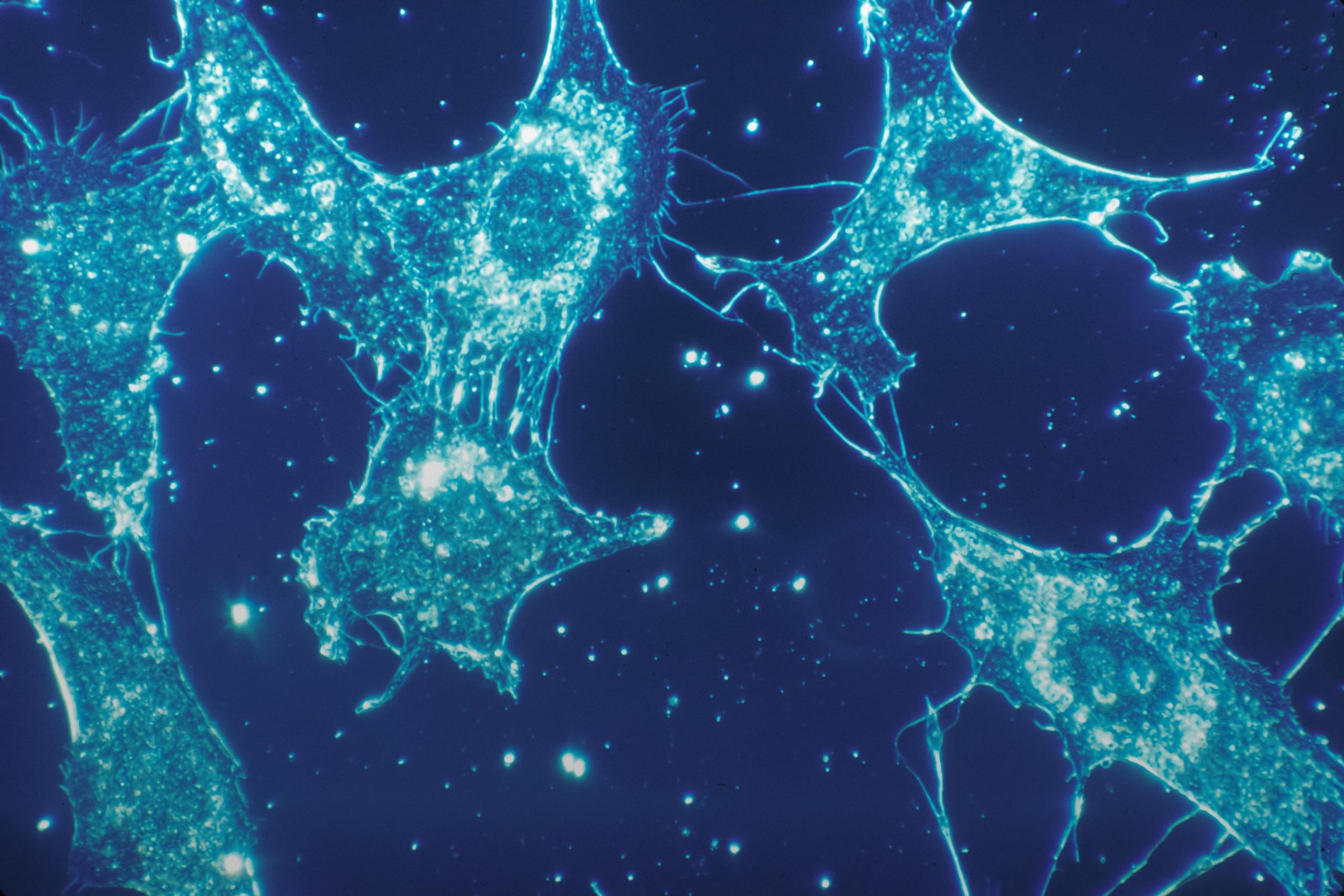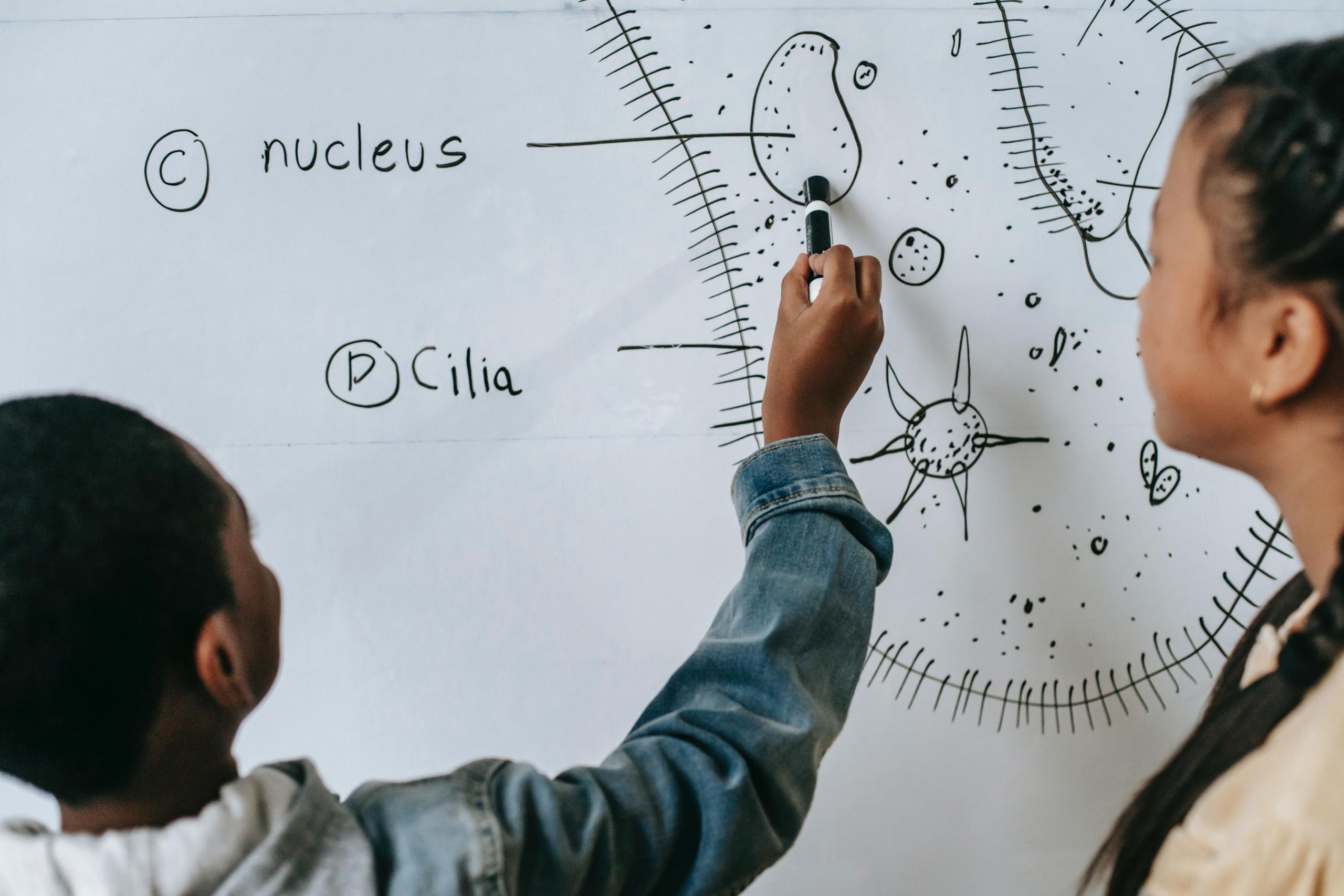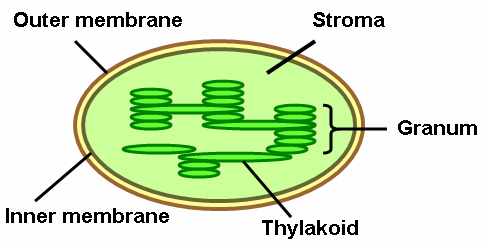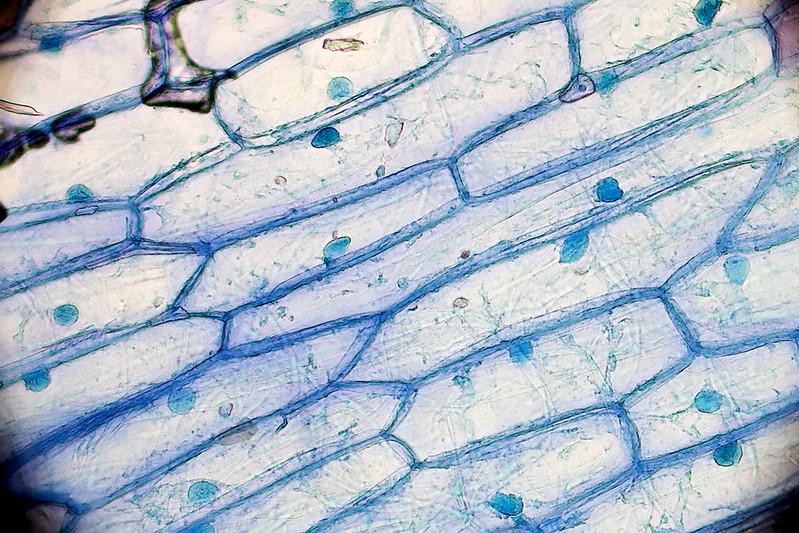Did you ever look at an animal and wonder how it functions the way it does?
Have you ever looked at yourself in the mirror and thought about how amazing it was that you could breathe properly and do all the things that you do?
Every human, animal, and plant is made up of cells that all work together in unison.
But, what are cells?
Biology, or Life Sciences as we know it in schools today, is the subject that will provide you with the answer.
Cells are vital components of life.
So important are cells in plants and animals that they are required for even basic activities to be carried out.
When you look at plant and animal cells side by side, you will notice that there are many differences between them. However, plant and animal cells also have some things in common. For one, eukaryotic cells are present in both plant and animal cells.
The eukaryotic cells contained in both plant and animal cells consist of the nucleus, ribosomes, cytoplasm, and mitochondria of the cell.
Yes, we cannot deny that Life Sciences is full of biological jargon.
If you are not the best at learning large volumes of information by heart, you would do well to tackle the subject from a practical point of view. In fact, in Life Sciences you need to learn terminology off by heart but you also need to know how to apply all the knowledge that you have acquired. While you may know the diagram of an animal cell off by heart, if the diagram changes in any way, you would still need to know how to label it.
If you are struggling with either the recall of facts or even with applying what you have learnt, reach out to a Life Sciences tutor of your choice.

How Plant and Animal Cells Differ
We cannot argue enough how important cells are. All plant and animal cells contain all the genetic information that will ensure the survival of an organism.
We have already established that both plant and animal cells are alike as they are eukaryotic. Yet there are also many differences between plant and animal cells.
The most noticeable difference between the plant and animal cell is that the plant cell has a cell wall which consists of the cell membrane and the cellulose.
Did you know that an animal cell does not contain a cell wall? Instead, the animal has a cell membrane. This is one of the most obvious differences between the plant and animal cells.
If you are given a diagram of a cell and you are expected to identify the type of cell in a test, the presence of a cell wall should automatically be a sign that the diagram refers to a plant cell and not an animal cell.
A Life Sciences tutor will be able to help you with identifying each difference between plant and animal cells and understanding biological processes.

There are also other differences that are observable between a plant cell and animal cell. Using a microscope to observe both cells will show you that a plant cell is a fair amount larger than an animal cell. The plant cell can reach up to 100 micrometers and the animal cell barely reaches up to 30 micrometers. Along with the size difference, there is a variation in terms of the shapes of these cells.
The plant cell is more or less rectangular in shape, while the animal cell tends not to be fixed in shape, having instead a slightly rounded shape that is also irregular.
The cytoplasm of plant and animal cells are filled with organelles and it is these organelles that can be attributed for other differences between animal and plant cell structures. It is only plant cells that contain a chloroplasts- a specific type of organelle.
Now that we know some of the differences between plant and animal cells, let's explore the animal cell structure and the plant cell structure separately.
Looking at the Animal Cell Structure
As a multicellular human, you are structured in an extremely complex way.
There are, however, many other animals that are far more simply constructed.
In every animal cell, along with the nucleus and the cytoplasm, there are ribosomes. These ribosomes set up the sequence of the amino acids in polypeptide chains according to instructions given by the cell's messenger RNA (mRNA).
Breathe in and out...
The scientific term for breathing is respiration and it is the mitochondria organelles that produce energy that enables cellular respiration to take place.
When it comes to animal cells, these are some that you will find:
- Skin cells
- Bone cells
- Blood cells
- Muscle cells
- Nerve cells.
Perhaps there is a need to look even deeper into the structure and functioning of the animal cell with the help of a qualified Life Sciences tutor.

Looking at the Structure of the Plant Cell
We have already established that there are some visible and obvious differences between plant cells and animal cells. We have noted that plant cells have a cell wall, a vacuole and chloroplasts. Besides these major differences, there are other features of the plant cell that are worth paying attention to.
We have spoken about respiration in animal cells and we note that animals rely on glucose and oxygen for their continued survival, plant cells, however, rely on carbon dioxide for survival. Plant cells also undergo the process of photosynthesis in order to get food. In green plants, organelles known as chloroplasts are vital in order for photosynthesis to take place.
There is a strong emphasis placed on the cell wall in plants, as it is the cell wall that lends the plant the strength to keep its regular shape. The cell wall is comprised of cellulose and other molecules.
Chloroplasts are the plant's most important organelles. Chloroplasts are known to be filled with a fluid called stroma. It is within the stroma that you will find stacks of thylakoids. Each of these coin-shaped compartments contains high levels of carotenoid and chlorophyll, two pigments especially adept at capturing light. Thylakoid stacks are called grana and these are connected by thylakoids.
There is so much more that you can learn about the plant cell and far more diagrams that you can explore related to the topic of plant cell organelles. However, it becomes far more manageable to learn about all these biological terms should you have a tutor to assist you.

Comparing Cell Structures
Both plant and animal cells are classified as eukaryotes and, while both cell types share certain similarities, animal and plant cells are significantly different. Animal cells lack structural protection for their delicate nuclei, whilst plants cells can thank their rigid cell walls for providing this service.
Animal cells do have support structures that assist to protect all of their organs, tissues and bones. Some of these support structures are:
- ligaments
- tendons
- cartilage
- an assortment of extracellular fluids
- a cell membrane.
Perhaps this extensive range of support structures is the reason why there is no need for animal cells to have cell walls. There is possibly no reason for any added protection for these animal cells.
So, why do animals lack chloroplasts? Well, for one we don't want to appear green in colour and we are also not responsible for utilising the sun's energy to produce our own food.
Yes, there are quite a few differences between plant cells and animal cells and if you are still unsure about what these are, it is time to reach out to a private tutor!















